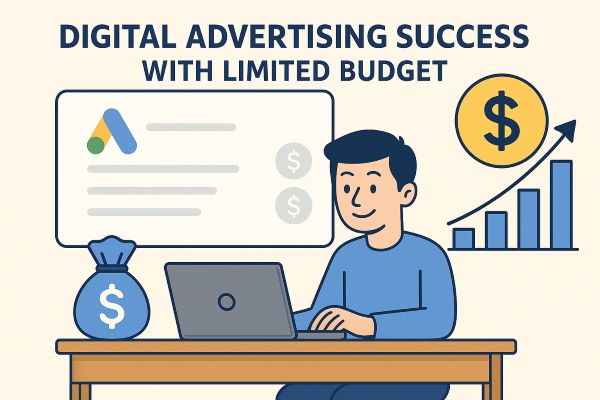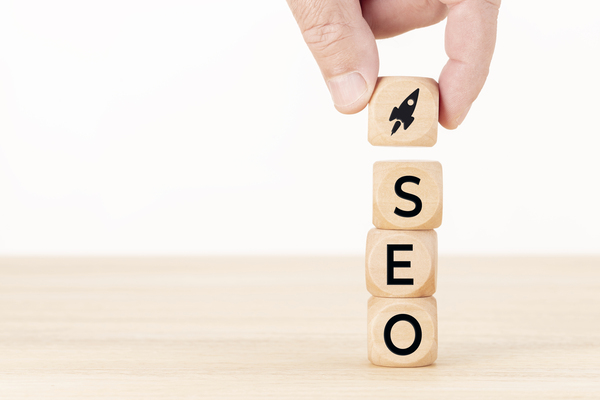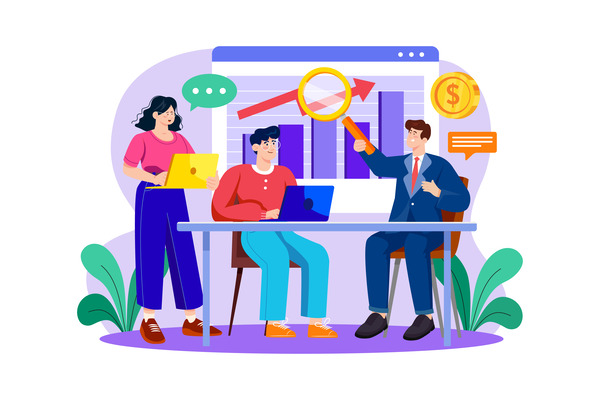Both small and large businesses in 2025 and early 2026 will likely reduce their marketing budgets due to economic conditions. With ongoing uncertainties around tariffs and supply chain disruptions, companies are carefully reassessing their fiscal budgets to ensure profitability. Advertising on Google, Bing, Facebook, and Instagram is still considered one of the most cost-effective ways to reach your audience with a higher ROI compared to traditional methods. In fact, Google has consistently broken revenue records from advertising since its introduction in 1998. In this article, we will explore the most affordable PPC strategies for small budgets, regardless of whether your business is small, local, or large.
Google Ads Affordable PPC Strategies
Google Search has transformed over the years with the implementation of Google AI Overviews and Google AI Mode. Similarly, Google Ads has introduced new features such as Performance Max campaigns, Demand Gen campaigns, and the Google AI Max feature. We will cover these new additions shortly, but for now, let’s focus on what you can do to run affordable PPC campaigns with small budgets.
Search Campaigns and Long Tail Keywords
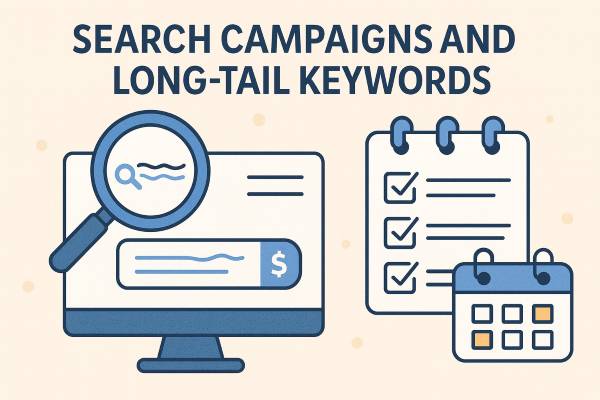
When running a search campaign, it’s best to start with long-tail keywords because they have lower competition and often higher purchase intent. Maintaining between 10 to 20 long-tail keywords within each ad group will help keep your CPCs low. Additionally, create a weekly schedule to build and update a list of negative search terms so they can be excluded from your campaigns.
Keep removing irrelevant search terms that are costly. Additionally, make sure your keywords are not cannibalizing or competing against other campaigns with similar ad group keywords. Competition within the same Google Ads account can also become costly, so it’s better to avoid internal competition by regularly reviewing your auction insights report.
Geotargeting, Ad Scheduling, and Devices
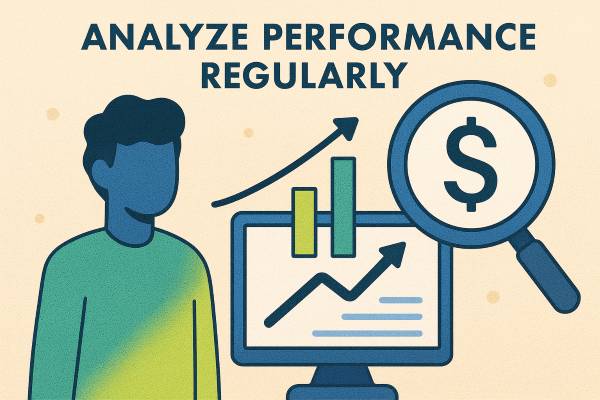
Geotargeting with Google Ads works especially well for local businesses. By setting geotargeted ads where your target customers are located, you can minimize CPCs and CPAs while maximizing ROI. Since competition is lower, funneling the advertising budget to specific states, cities, or zip codes can be highly effective with campaign settings.
In addition, setting up an ad schedule can save money. For example, if your internal data in GA4 and Google Ads shows higher impressions and visitors during business hours from Monday to Thursday, you can adjust your budget accordingly. The sudden drop in leads and sales after 2 PM on Fridays—and slower weekends for most B2B and B2C segments—makes it practical to lower the budget by 60% after Friday at 2 PM and turn off ads over the weekend. This way, you can preserve budget and instead raise bids during peak periods from Monday to Thursday.
Device targeting is also important, especially when comparing B2B and B2C campaigns. For B2C, mobile targeting is typically more profitable than desktop, while in B2B, the opposite may hold true. Reviewing YTD and quarterly results for conversions, CPCs, CPAs, and sales across devices is key. For example, if your business sees more conversions with a higher CVR between 9 AM and 5 PM on desktop, raising bids by 15% for desktop devices is beneficial. Conversely, if CPCs are higher and conversion rates are lower on mobile devices, lowering mobile bids by increments of 15% can optimize performance. By implementing these rules, you can save money without compromising leads and sales.
Google Ads Match Types
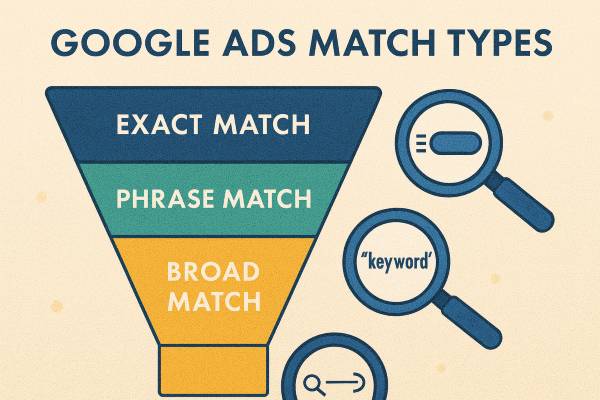
The most affordable match types in Google Ads are broad match, followed closely by phrase match keywords. Broad match keywords typically have the lowest CPCs but bring in less relevant traffic. Because of this, you’ll need to carefully review search terms every week and exclude negative ones to keep costs down.
Phrase match keywords offer a balance of control and reach. While they still bring in some irrelevant traffic, it’s usually in smaller volumes compared to broad match keywords. Exact match keywords provide the highest level of control but usually come with higher CPCs due to tighter targeting. However, they often deliver more relevant traffic and fewer negative search terms on a weekly basis. To choose the best match types, it’s recommended to run A/B experiments (broad match vs. phrase match vs. exact match) to measure the success of campaigns and identify ad groups that generate the highest volume of leads and sales.
Google Ads Performance Max Campaign
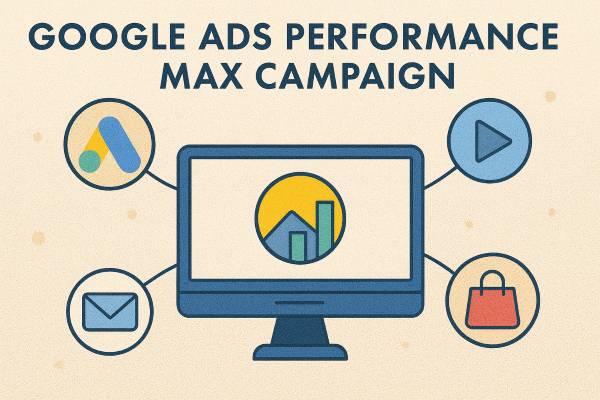
What makes Google Ads Performance Max campaigns effective is their broad reach across the Google network. Affordable PPC strategies can be implemented using new campaign modes like Performance Max search and shopping campaigns, particularly when combined with first-party data. First-party data, such as customer lists, website visitor lists (via GA4 integration), in-store purchase data, and lookalike audiences, helps refine targeting and improve performance.
Additionally, you can leverage audience signals by creating custom segments that target users searching for specific terms on Google or browsing particular websites. This AI-powered optimization employs machine learning to adjust bids and placements in real time.
Performance Max campaigns can be both cost-effective and impactful when headlines, descriptions, images, and videos are optimized. Lower CPCs are often achieved through the right mix of creative assets and high-quality data signals used to reach your customers. As far as coverage, Performance Max campaigns reach audiences across Search, Display, Shopping, YouTube, Discover, Gmail, and Google Maps. This broad reach across the Google network is why it can be cost-effective to advertise using Performance Max campaigns.
Google Ads Demand Gen Campaign
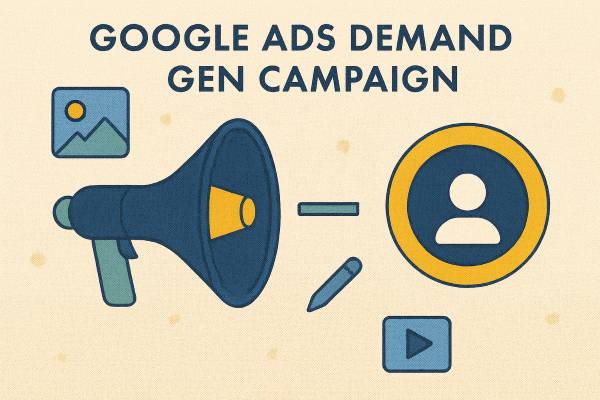
Similar to Performance Max campaigns, Google Ads Demand Gen campaigns also leverage broad reach across the Google network. Creating high-quality creative assets—including images, videos, headlines, and descriptions—helps ensure your ads deliver the best combinations for optimal results.
Once again, the use of audience signals such as first-party data (customer lists, website visitors, sales data, full-funnel quotes) and pre-built audience segments can significantly improve campaign performance. Always leverage the strongest audience signals and combinations so you can target the most relevant audiences.
For example, if you want to promote a trade-in offer to existing customers who purchased equipment within the last 24 months, you can do so with a Demand Gen campaign. Demand Gen campaigns cover YouTube, Gmail, Google Discover Feed, and the Google Display Network. Altogether, this type of campaign can be an affordable PPC strategy if you optimize both creative assets and audience signals.
What is Google AI Max
Google AI Max is a set of new targeting and creative features within search campaigns that use AI to expand reach. Enabling this feature in campaign settings increases the likelihood of your ads appearing in AI Overviews and AI Mode.
Additionally, AI Max optimizes ad content to drive more conversions by combining the broad reach of match types with ads tailored to user intent and behavior. While still in development after its launch, this feature is capable of delivering higher ROI thanks to machine learning and AI-powered matching that directs traffic to the most relevant landing pages.
Improve Landing Pages for Affordable PPC Strategies
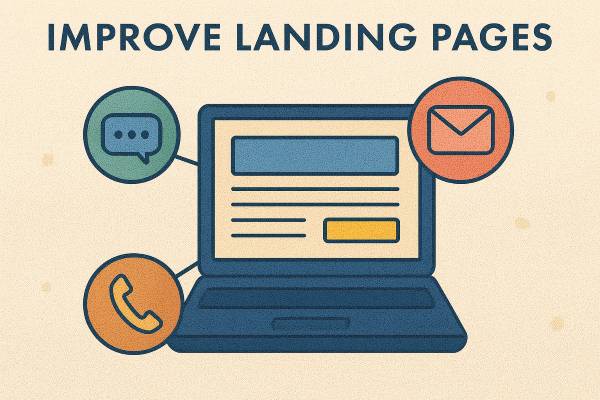
The most important strategy to highlight is landing page conversion rate optimization. Each landing page should provide sufficient information, downloadable PDFs, videos, questionnaires, and infographics so visitors can easily understand what your business offers.
Be sure to test embedded forms in different positions—on the right, left, center above the fold, and at the bottom of the page. Find the right balance between providing information and using clear calls to action, such as “Get a Free Quote” or “Call to Speak to a Technician,” so users can choose to call, chat, or fill out a form.
Live chats are essential in modern communication since more people prefer texting over phone calls. Offering 2 to 3 options for how users can reach you on a landing page can boost conversions, sales, and leads. Ultimately, the most affordable PPC strategies begin and end with well-optimized landing pages that you can test and refine each quarter.
Using Bing Ads for Affordable PPC Strategies
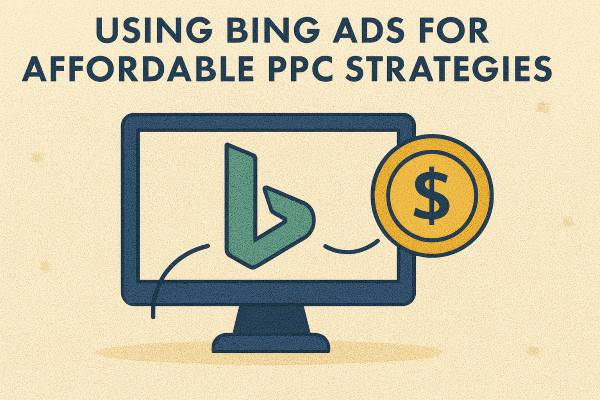
We shouldn’t overlook Microsoft Bing Ads, as this search engine holds the second-largest market share behind Google. One key difference is CPCs—Bing Ads generally offers much lower average CPCs compared to Google. The cost disparity exists largely because Bing is less popular, but that also means less competition and more affordable advertising opportunities.
You can still capture valuable traffic from Bing Ads, especially when integrating GA4 data sources. Advertising on Bing often comes at a lower cost, making it an attractive complement to Google Ads campaigns. Similar to Google Ads, Bing Ads supports most of the same campaign types, with the exception of AI Max and Demand Gen campaigns. Strategies such as long-tail keywords, match types, geotargeting, ad scheduling, and device targeting all apply to Bing Ads as well.
Are Facebook Ads Cheaper?
Facebook and Instagram Ads are generally cheaper than Google Ads but can be similar in cost to Bing Ads. While Facebook is more affordable in some cases, the downside is that it is most effective for brand awareness and reaching a broad audience rather than driving high-intent leads. As a result, conversion rates and lead volume from Facebook and Instagram Ads are typically lower compared to Google or Bing Ads.
Marketers often use Google and Bing Ads for lower-funnel PPC strategies, while they rely on Facebook (and Instagram) to build brand awareness. In B2B versus B2C segments, businesses usually find Facebook more effective for B2C because social media heavily concentrates on consumer audiences. Using Facebook Ads for B2B is less effective in generating higher-intent, relevant customers.
Here are 5 simple steps to start your Facebook campaign with a small budget:
- Create a new campaign and set a goal such as brand awareness, leads, traffic, or sales.
- Set a budget and schedule for your campaign (daily or lifetime). Use a lifetime total to avoid overspending, then set times and days that will generate the most engagement.
- Define your target audience using first-party data, demographics, and interests to reach a relevant audience.
- Choose ad placements such as Facebook and Instagram.
- Design your ad using a format like a single image, carousel, or video. Add compelling visuals and text, along with a clear call-to-action button that directs users to provide necessary information or to a landing page.
Want Help with Affordable PPC Strategies?
The task of setting up affordable PPC campaigns can feel overwhelming. Often, the learning algorithms are difficult to keep up with if you’re not sure how to optimize for PPC. At My Digital Marketing Help, we can assist you with setting up both Google and Bing Ads accounts.
With decades of experience working with small local companies, we specialize in setting up low-budget campaigns that don’t compromise on leads or sales. You can reach out to us by booking a free consultation call so we can review your goals for the year.


